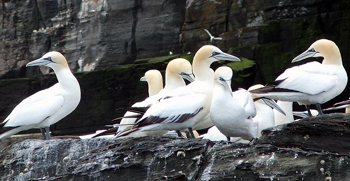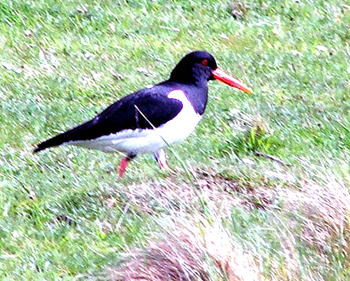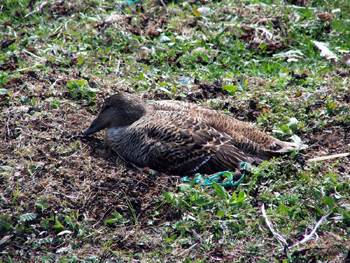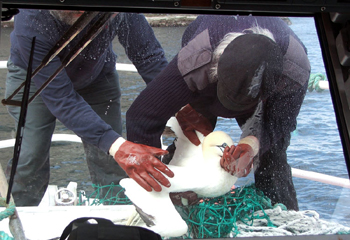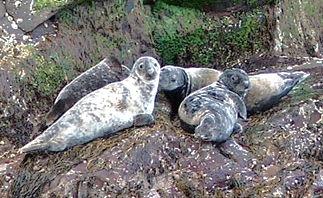 |
 |
 |
Millions of birds find themselves on Shetland, and more than twenty species of seabirds breed there. The steep cliffs provide countless niches on which to build nests, supporting populations of breeding gannets, guillemots, puffins, kittiwakes, fulmars, and razorbills. We got to see most of these birds, and some mammals, too.
